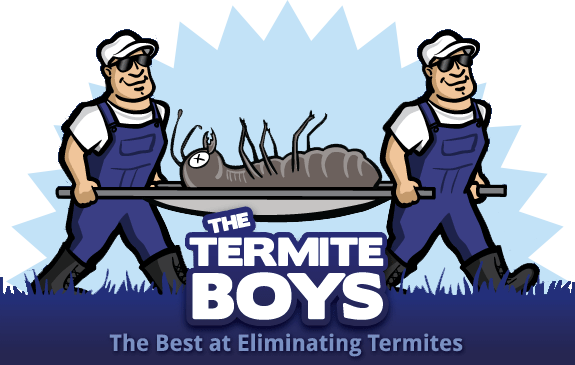There exists around 50 termite species in the United States, more than a dozen of which are categorized as pests of structural wood. Many termite pests also infest finished wood items like house siding, and furniture, but this sort of termite damage is most frequently inflicted by drywood termite species, which thankfully, do not exist in Massachusetts or anywhere else in the northeast. However, on rare occasions, drywood termites are transported to states outside of their habitat range through shipments of infested lumber, furniture and plant matter.
Subterranean termites are the most economically damaging group of termites in the country, and although the Formosan subterranean termite is often said to be the most destructive of all America’s termite species, this species’ habitat is limited solely to the southeastern states. Massachusetts is home to the devastating eastern subterranean termite, which is the most widespread, and therefore, the most damaging termite species in the US. These termites infest structures at a relatively high rate in Massachusetts, and they can survive indoors throughout the winter season.
Subterranean termites dwell below the ground where they find their nourishment in cellulose from dead plant matter, twigs and manmade wooden objects, like mailbox posts, wood fences and telephone poles, and they extract the water they need from the soil. Since these termites infest above ground structural wood from the ground up, they are typically found infesting wood located near a home’s foundation. These areas include the mudsill, studs, joists, subflooring, and sub-floors. Extensive termite damage does not occur overnight, and typically, damage does not become notable for a few years, usually between 3 and 5 years.
During the winter, subterranean termites that remain outdoors in the soil survive the cold by tunneling deeper into the soil where temperatures become progressively warmer. However, when subterranean termites secure warm shelter within a home’s structural wood, they can cause damage year round in Massachusetts. During the winter, subterranean termites are most often found in areas where they can maintain warmth, such as near furnaces, chimneys, hot water heaters, and hot water pipes.
Were you aware that subterranean termites could inflict structural damage during the winter season up north?

